
What do Latino parents face when looking for a school for their children?
In the last decade, the state has seen a 66% drop in new teacher certificates, and colleges a 70% drop in students choosing education as a major.
The education system in the United States is failing to meet students’ needs— teachers and bus drivers shortages, mental health challenges, lack of school funding, lack of diversity, to name a few, contribute to the effects of insecurity on education.
Students are expected to adjust to never-ending circumstances that affect their ability to obtain proper education in diverse settings with tools that would equip them for the real world.
It is important to realize that students are the future of society and various fields that today remain uncertain due to shortages.
The Big Picture
The education sanctity remains an ongoing concern for parents that are directly or indirectly affected by these circumstances, especially if the parent belongs to a minority group. Although strides have been made towards achieving equal opportunity and equal education, it still remains an unequal playing-field. In the late 1960s most African-American, Latino, and Native American students were educated in segregated schools, where funding was significantly below white serving schools—many higher education institutions excluded minorities entirely. Therefore, minorities seeking quality education remains an uphill battle.
In July, the Pennsylvania Department of Education (PDE) released The Foundation of Our Economy: Pennsylvania Educator Workforce Strategy, 2022-2025, which revealed that students of color represent 37% of public school population while teachers of color represent 7% of the teacher population in PA, emphasizing the need for representation among educators.
“Educators are the cornerstone of our communities and serve as the gateway to our collective future; without them, our workforce and economy cannot survive,” said acting Secretary of Education Eric Hagarty at the time. “Like other states across the nation, we have been grappling with an educator workforce shortage that would have severe and long-lasting implications for generations to come. However, Pennsylvania is acting now to reverse course, and this plan will help guide us as we recruit and retain teachers, school leaders, early childhood professionals, school librarians, and other vital personnel at all levels, from pre-K to high school, in all corners of the commonwealth.”
According to a research conducted by Michigan State University Assistant Professor Madeline Mavrogordato and Johns Hopkins University Assistant Professor Marc Stein, found “two important areas of divergence between Latino and non-Latino parents. One is reliance on social networks—The second area of divergence concerns language barriers.”
Although the study explains that Latino parents relied on word of mouth of friends, families, and coworkers when selecting schools, non-Latino parents “used a broader set of tools like Internet searching and information from the mayor’s office.”
However, Latino parents trust that others’ like them, especially immigrants, will understand the type of schools that would provide all the necessary tools for their children to thrive academically.
“Spanish-speaking faculty and staff served as information agents for Latino parents by helping them gather the necessary information during school visits to help make a decision about enrolling their child in a charter school,” the study found. “These staff members were hired for this purpose as an investment to attract Latino parents to the school.”
But Conoce Tus Opciones Escolares, or Know Your School options, a project of the National School Choice Awareness Foundation (NSCAF), conducted a survey that reveals “more than a third of ‘school searchers’ (39%) preferred more Spanish-language information about school choice,” and many school districts in Philadelphia lack Spanish speaking faculty that could ease parents’ fears and properly address their concerns.
Teacher shortage
Teacher shortage for the most part is driven by low salary, and some districts are unable to match what other districts are able to.
However, school districts that serve lower-income communities that lack the resources and funds to hire and retain educators are facing more challenges.
“They get hurt the worst,” Associate Professor of Education at Pennsylvania State University Ed Fuller said. “When supply diminishes, now there’s fierce recruitment battles. They’re gonna lose out.”
In order to address Pennsylvania's educator and paraprofessional shortages, officials from PA met October 31st to create tangible solutions like Paraprofessional Grow Your Own, an apprenticeship program designed to provide dual enrollment opportunities for high school juniors and seniors to start gaining credits toward a teaching degree and certification.
In the last decade, the state has seen a 66% drop in new teacher certificates, and colleges a 70% drop in students choosing education as a major— to make matters worse, educators continue to leave the profession. The minimum salary for teachers is $18,500 and Pennsylvania State Education Association’s region Advocacy Coordinator Fritz Fekete is to bump it to $45,000.
According to the School District of Philadelphia Superintendent Dr. Tony B. Watlington, research shows that the single most important factor in a student’s academic attainment is having access to an effective, highly-qualified and stable teacher over time.
“As the nation struggles with a declining educator workforce, we know we need to come up with new strategies and approaches to build our teacher pipeline. In collaboration with the Philadelphia Federation of Teachers, we designed and launched the Paraprofessional Grow Your Own program, which covers the full cost of tuition so individuals can graduate without debt and have all the necessary support to earn a degree and transition to a teaching role in the district,” added Dr. Watlington.
PDE predicts that by 2025, “K-12 population will have higher proportions of students of color, yet less than 7% of teachers in Pennsylvania are people of color.”
RELATED CONTENT
Bus shortage
In September, PDE acting Secretary of Education Eric Hagarty informed there was a need for nearly 3,000 school bus drivers.
“While we work to ensure that students in all areas – rural, urban and suburban – have access to a quality education, we must also provide access to safe and reliable transportation to and from school,” said Hagarty as reported by LocalToday. “School bus drivers are critical to this mission and PDE is committed to assisting this industry in recruiting individuals into the workforce.”
Many understand the responsibility of driving more than 50 students to school, with some teachers stepping up to fill the bus driver shortage in Butler School District.
The Pennsylvania School Bus Association (PSBA) has developed several websites to assist with recruitment: YouBehindTheWheel.com and SchoolBusHero.com.
“On behalf of the PSBA and entire school transportation industry, we are thrilled about the Department’s support in creating further awareness about our industry and the important role our people play in the educational system by safely transporting our most precious cargo, and the challenges we are facing,” said Vice President of Rohrer Bus David Schrantz to ABC27.
However, despite the efforts being made by teachers, PDE, PSBA, the shortage continues, exposing the safety issues students face while on their way to school on public transportation—last month, it was reported that several teen girls were sexually assaulted on their way to school, with the attacker walking them back to school after the assault.
Unsafe schools
Survey shows that 59% of Hispanic and Latino parents indicated they were considering sending their child to a different school last year, and 52% of all parents shared the same sentiment.
Taking into account environmental factors that contribute to students feeling unsafe in school, results in their interactions with peers and teachers to be affected by traumatic fears—especially if the school is in a difficult neighborhood, the student’s home life, and other factors that are causing a proportional reduction in the student’s ability to acquire and retain new information.
Hispanic and Latino parents are constantly trying to search for a new school, and 56% have a desire for higher quality education, while 49% have school safety concerns. According to Axios, shootings in Philadelphia have increased by 3%, violent crimes by 7%, and armed robberies are up 60%.
Parents that participated in the survey described why education is important stating “Education is the gateway to all things,” and “because through education you can live a better life,” something immigrants know too well, with 20% of English Learners students reporting significant challenges in the 2020-21 school year.
For this reason, immigrant Hispanic and Latino parents who participated in the survey view having an education as “opportunities to do whatever you want with your life, [because] it gives my children a narrow path to escape poverty.”
The research also found that “all parents interviewed were disillusioned by the traditional public school system and were similarly drawn to factors they perceived as indicative of academic quality. Small class sizes, positive physical and social environments, and symbols reminiscent of private school such as school uniforms were factors that parents associated with academic quality.”




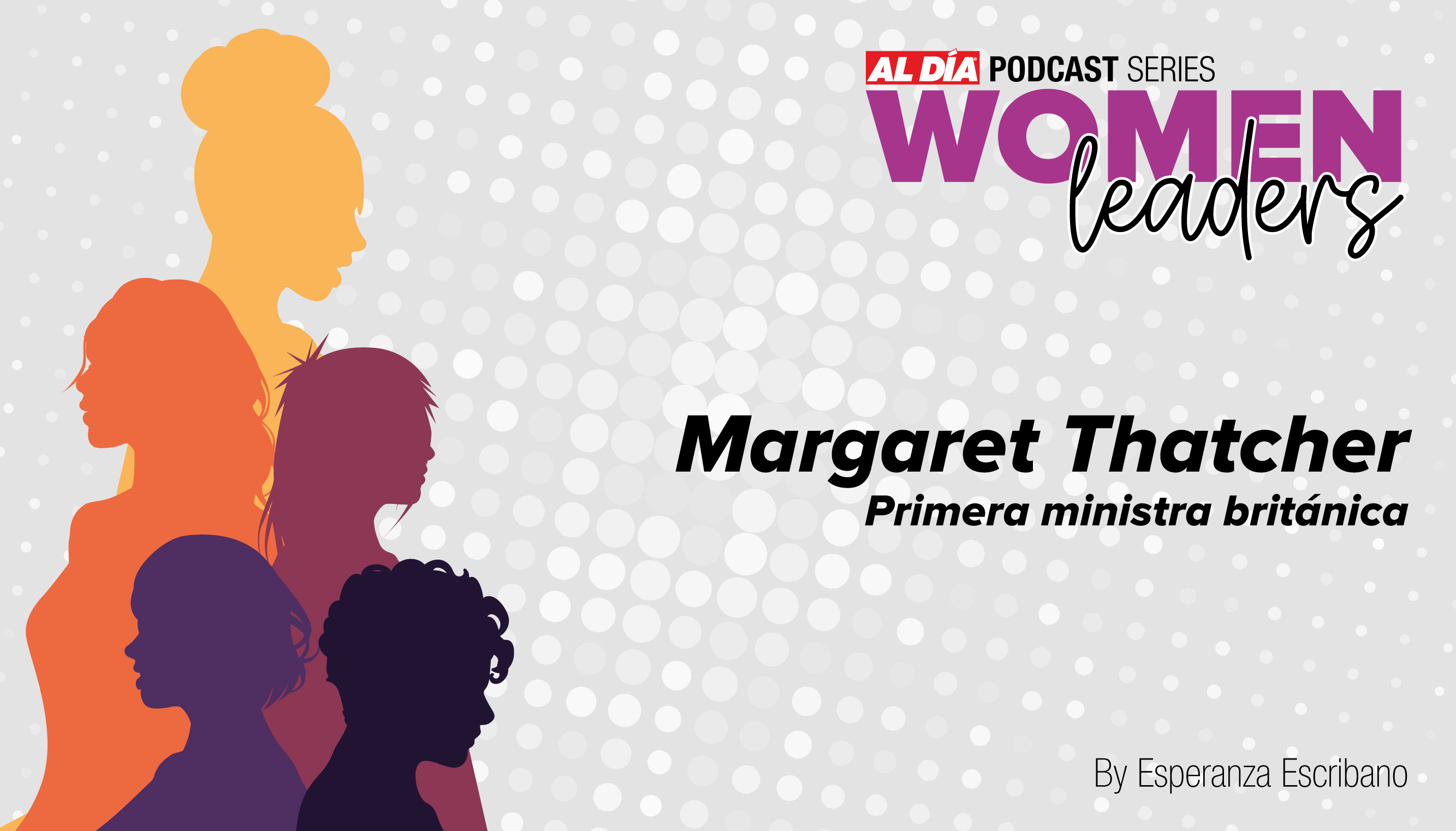
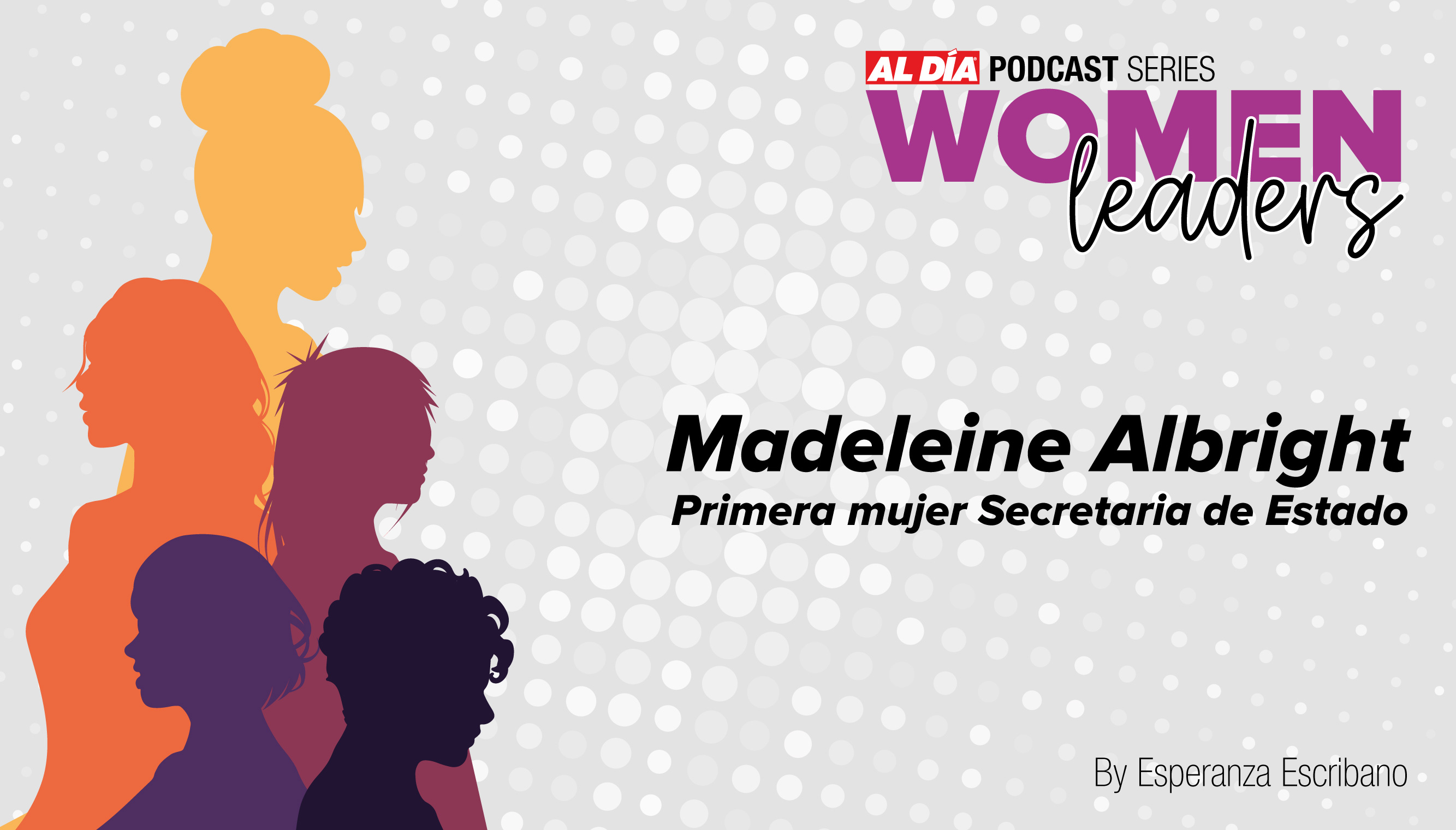
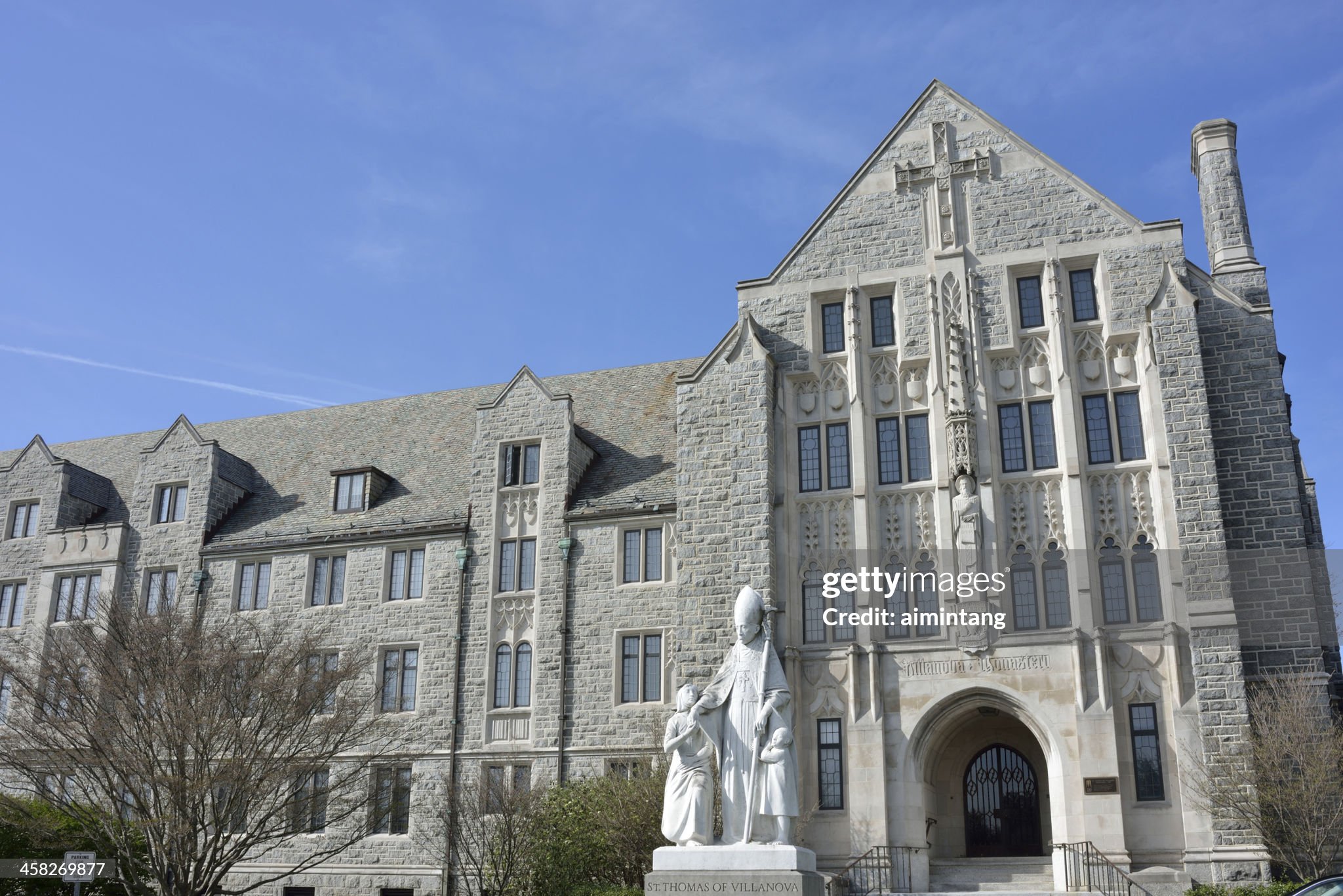
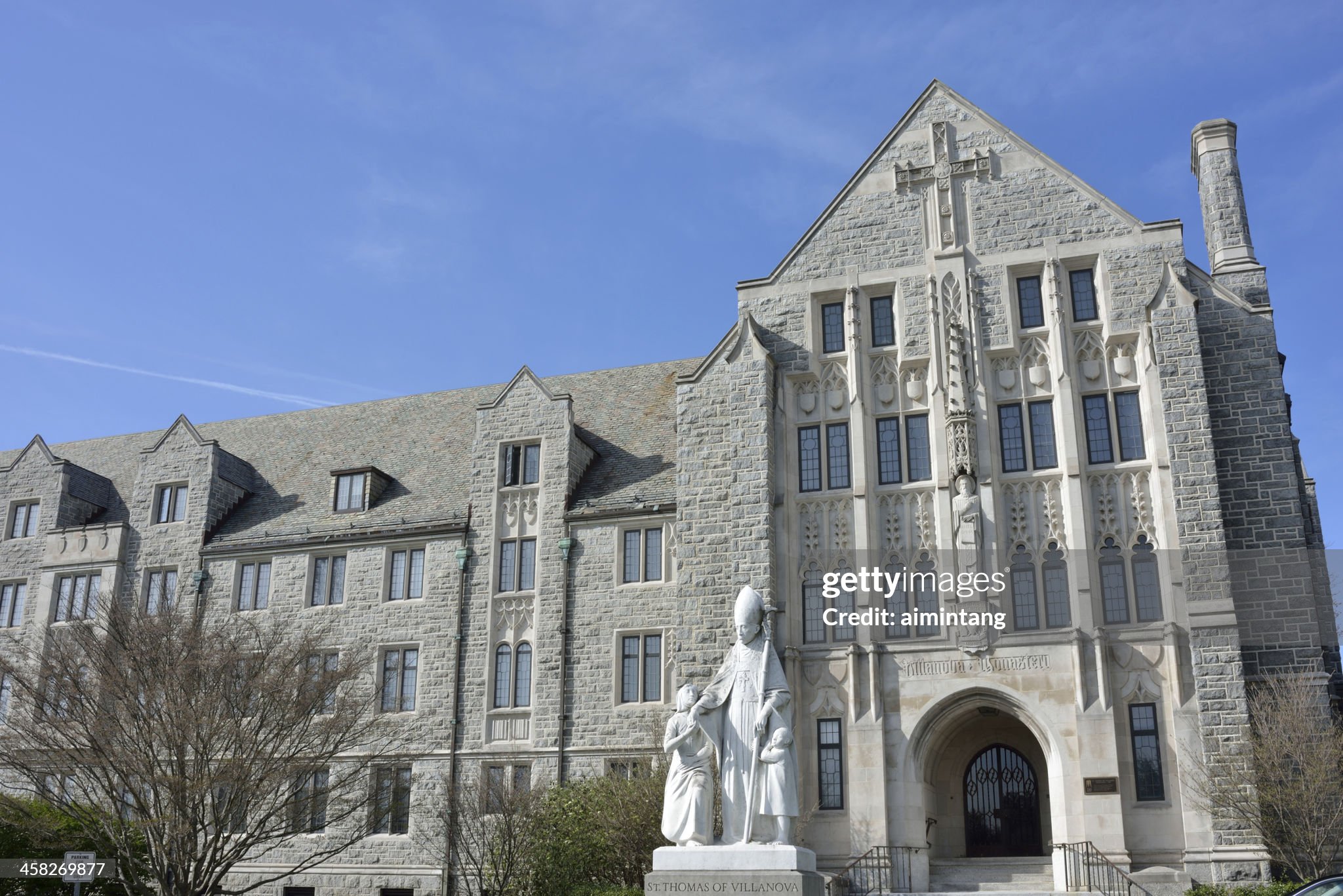
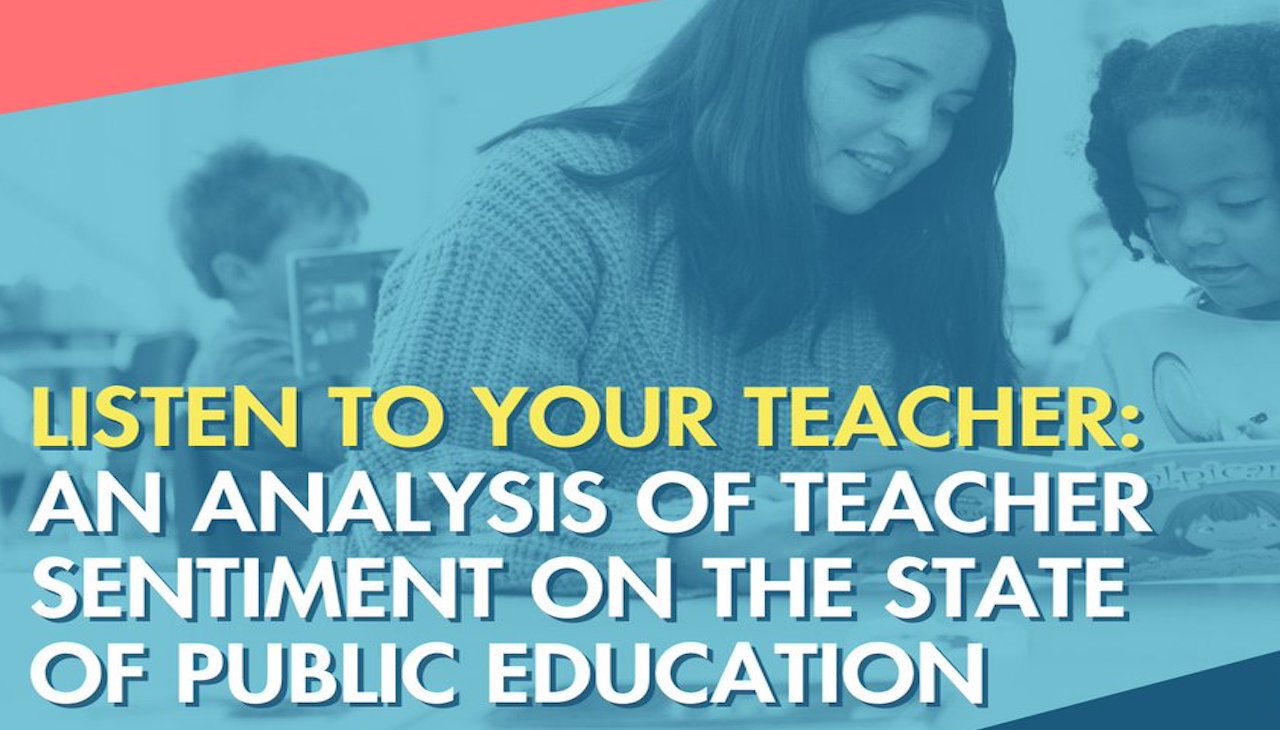
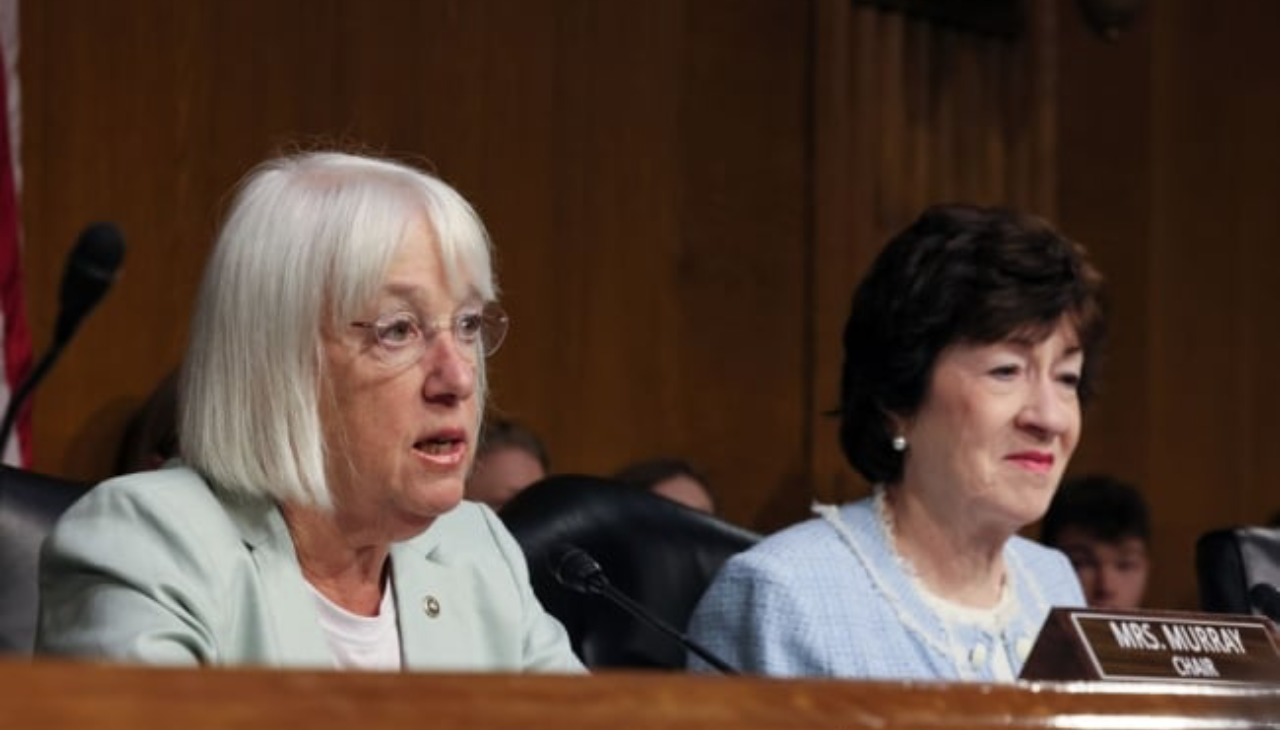

LEAVE A COMMENT:
Join the discussion! Leave a comment.